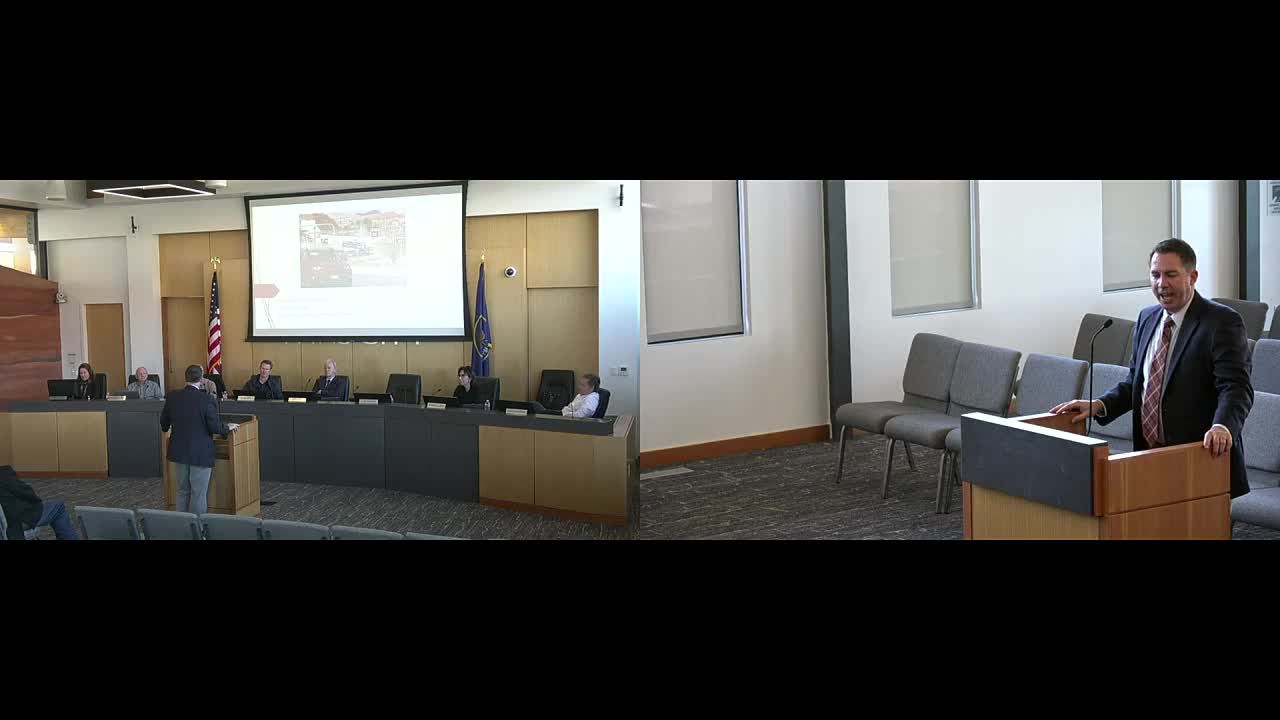Community unites to protect endangered species during construction
February 15, 2024 | Ivins City Council, Ivins, Washington County, Utah

This article was created by AI summarizing key points discussed. AI makes mistakes, so for full details and context, please refer to the video of the full meeting. Please report any errors so we can fix them. Report an error »

Construction efforts in the region faced significant delays due to the listing of a protected species, prompting innovative solutions from local officials. Hiram Smith, a representative from Tuakon, reported that workers resorted to using horse-drawn wagons to transport materials while ensuring the safety of the environment. This included measures such as allowing workers to ride on the wagons and employing individuals to monitor the area for tortoises, which are protected under federal law.
The situation highlighted the profound impact that the designation of a protected species can have on community development. In response to these challenges, a collaborative effort was initiated involving county officials, state representatives, and the U.S. Fish and Wildlife Service. The goal was to create a comprehensive plan that would enable private property owners to develop their land while also committing to conservation activities.
This initiative culminated in the establishment of the Red Cliff Asset Reserve in the mid-1990s, which encompasses significant areas including Red Mountain and extends to Lehi Berquin. The plan represents a strategic compromise, balancing development needs with environmental protection, and serves as a model for future projects facing similar ecological constraints.
The situation highlighted the profound impact that the designation of a protected species can have on community development. In response to these challenges, a collaborative effort was initiated involving county officials, state representatives, and the U.S. Fish and Wildlife Service. The goal was to create a comprehensive plan that would enable private property owners to develop their land while also committing to conservation activities.
This initiative culminated in the establishment of the Red Cliff Asset Reserve in the mid-1990s, which encompasses significant areas including Red Mountain and extends to Lehi Berquin. The plan represents a strategic compromise, balancing development needs with environmental protection, and serves as a model for future projects facing similar ecological constraints.
View full meeting
This article is based on a recent meeting—watch the full video and explore the complete transcript for deeper insights into the discussion.
View full meeting

